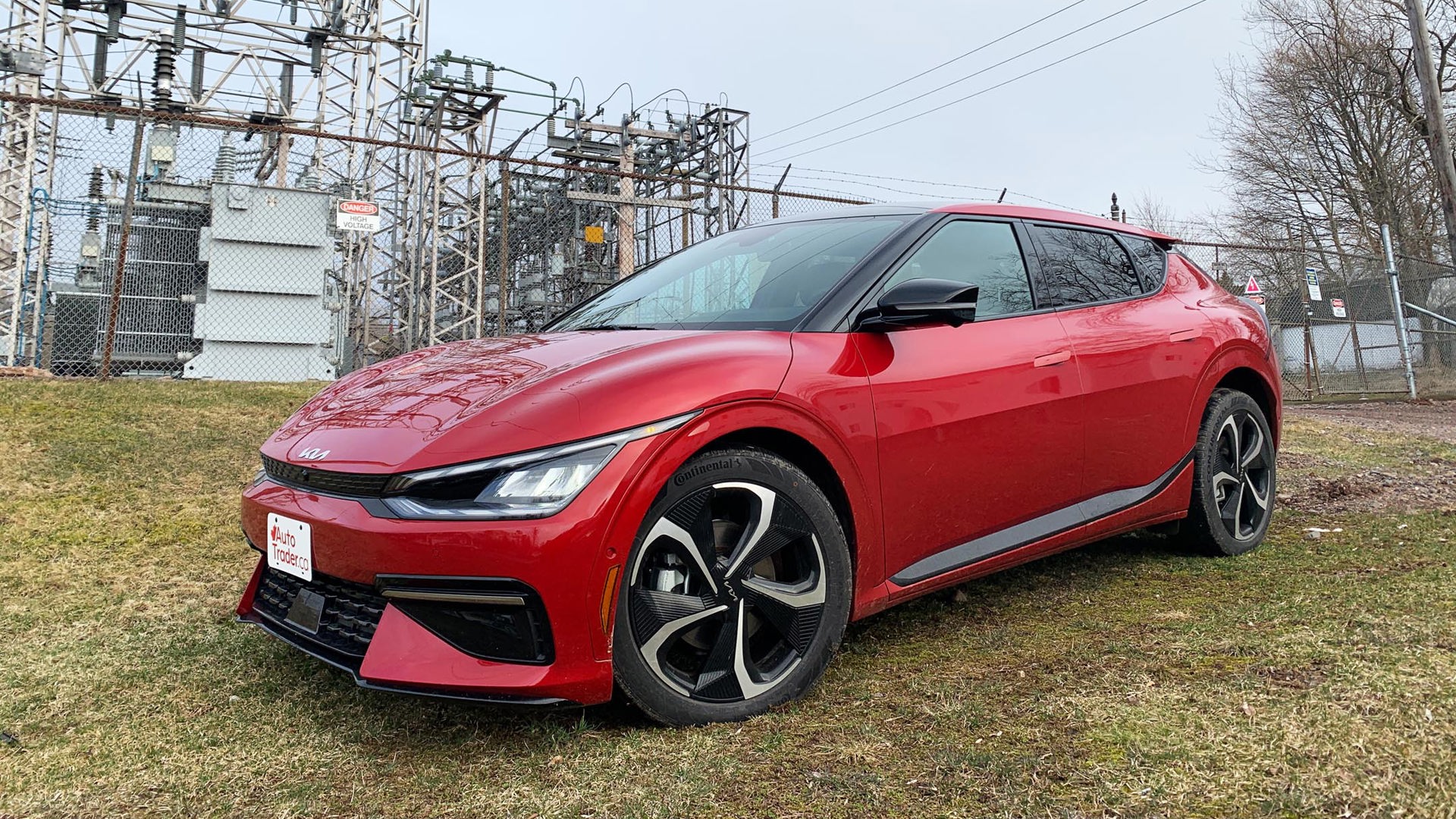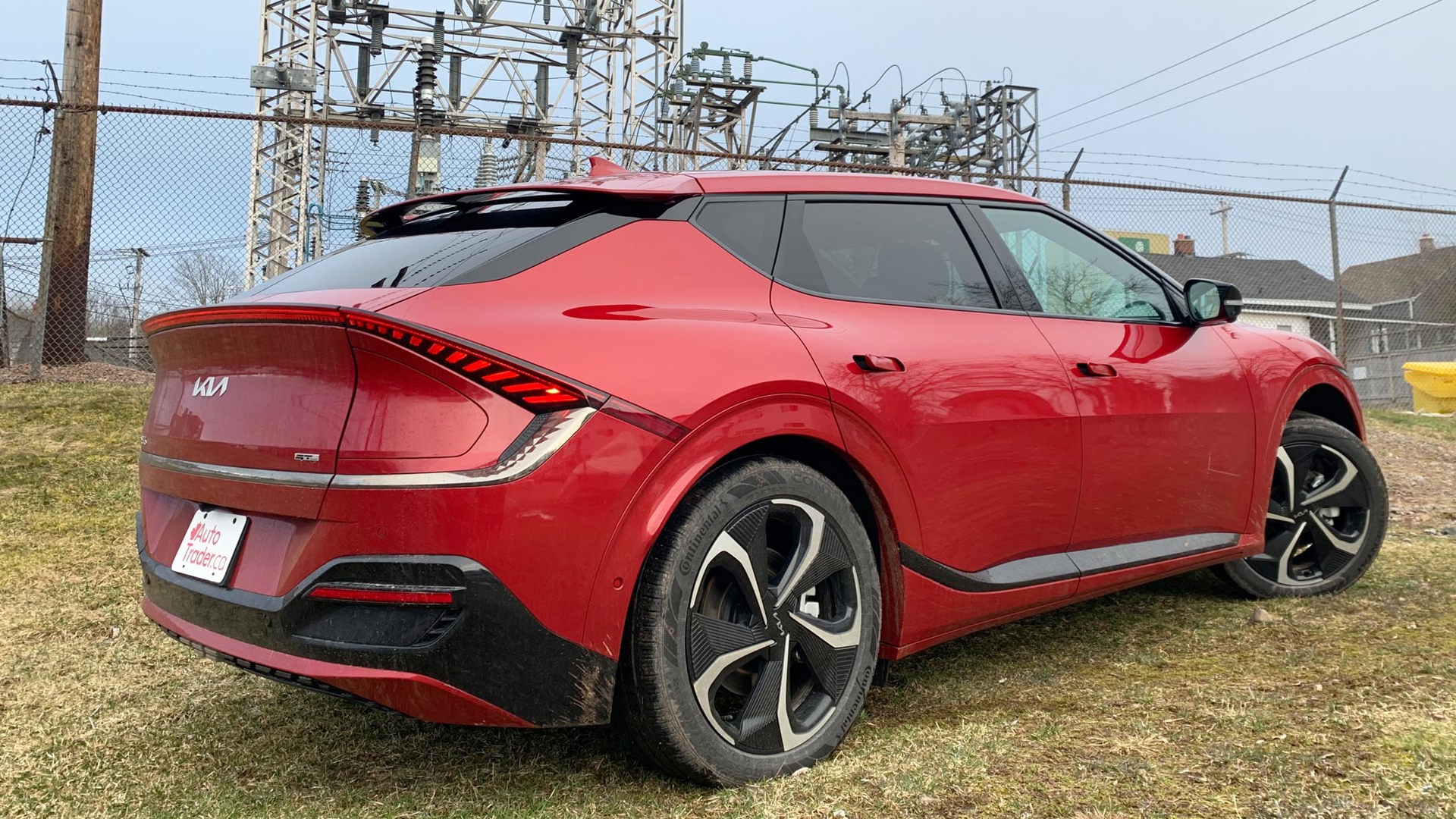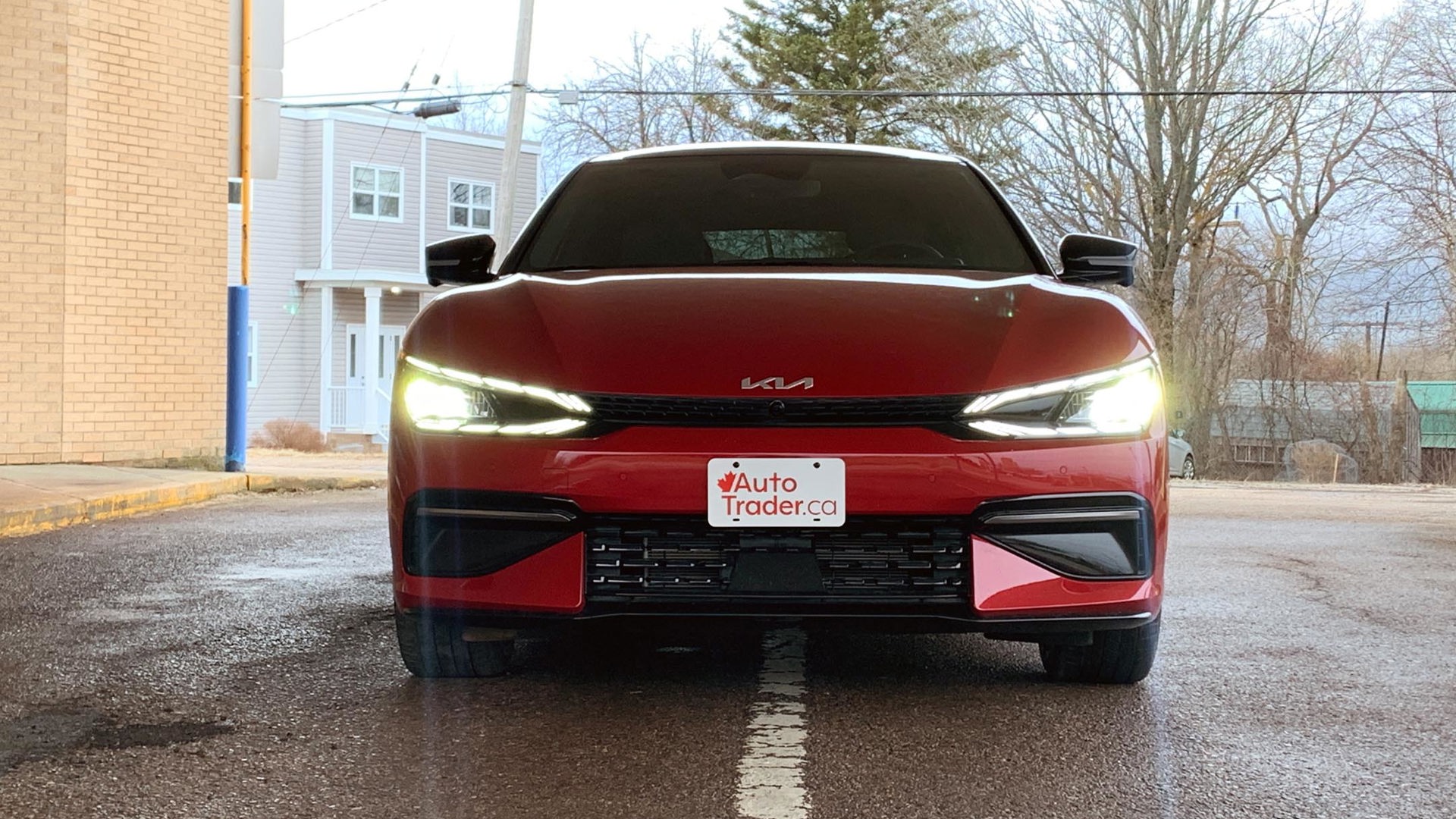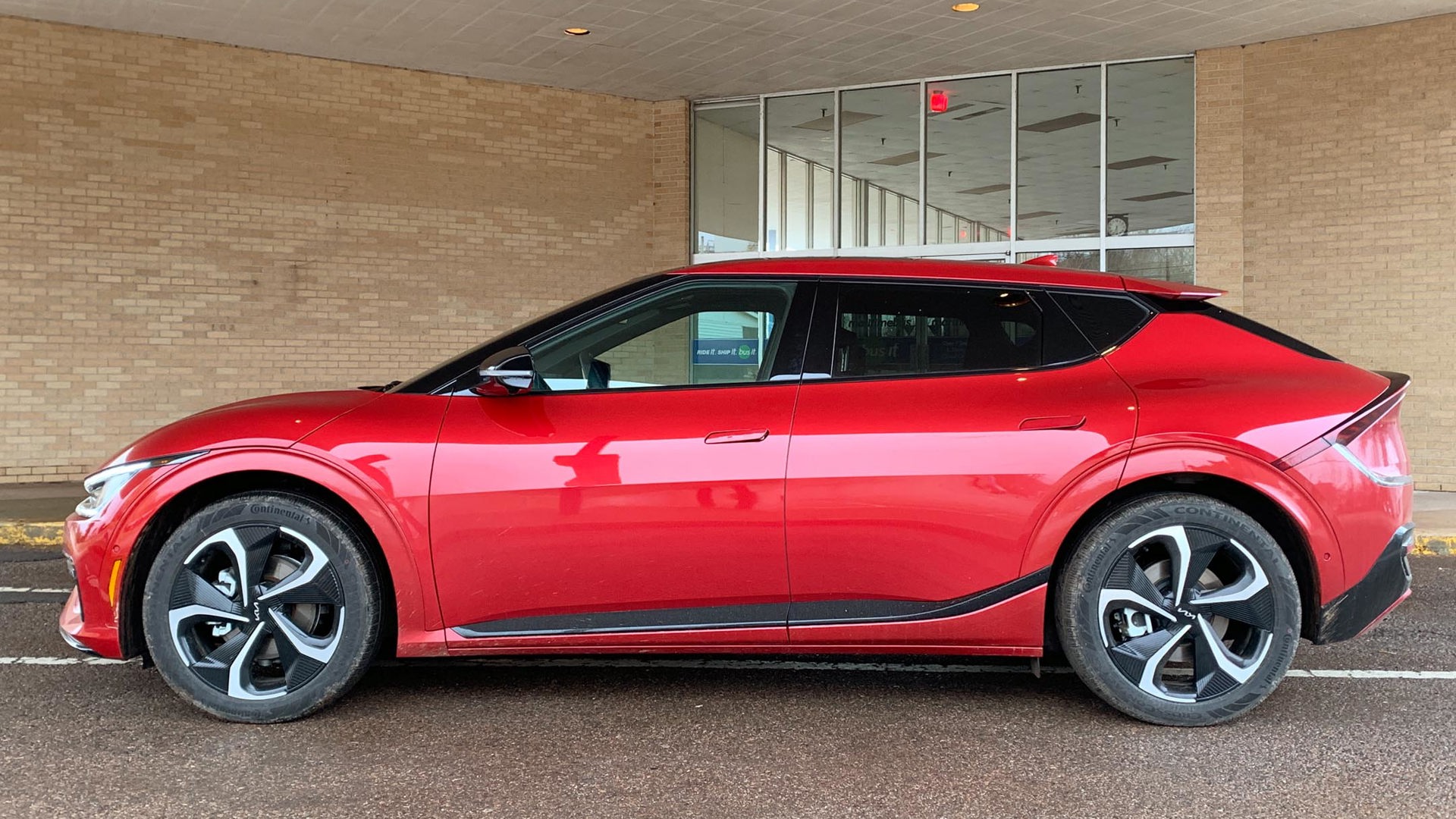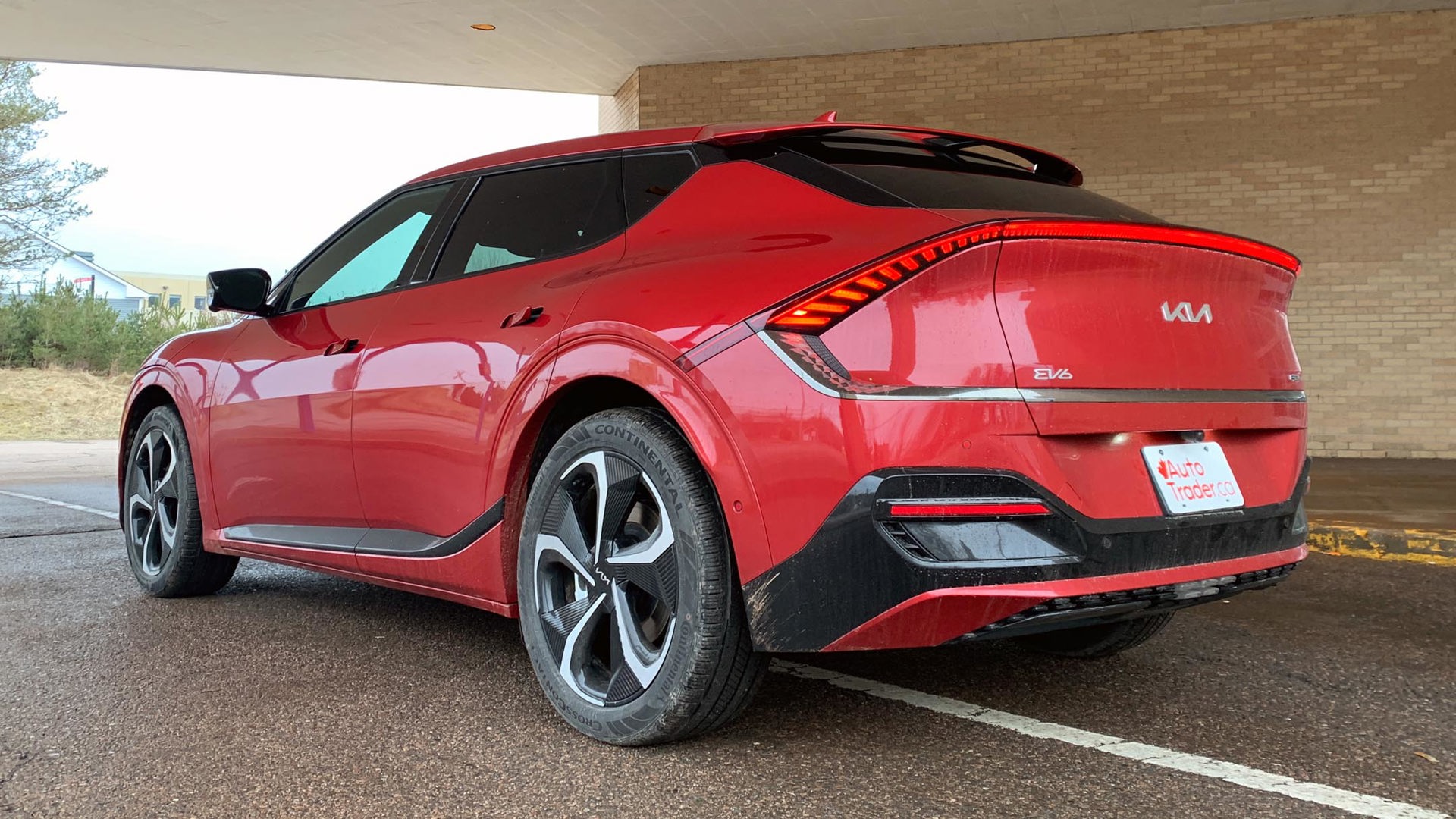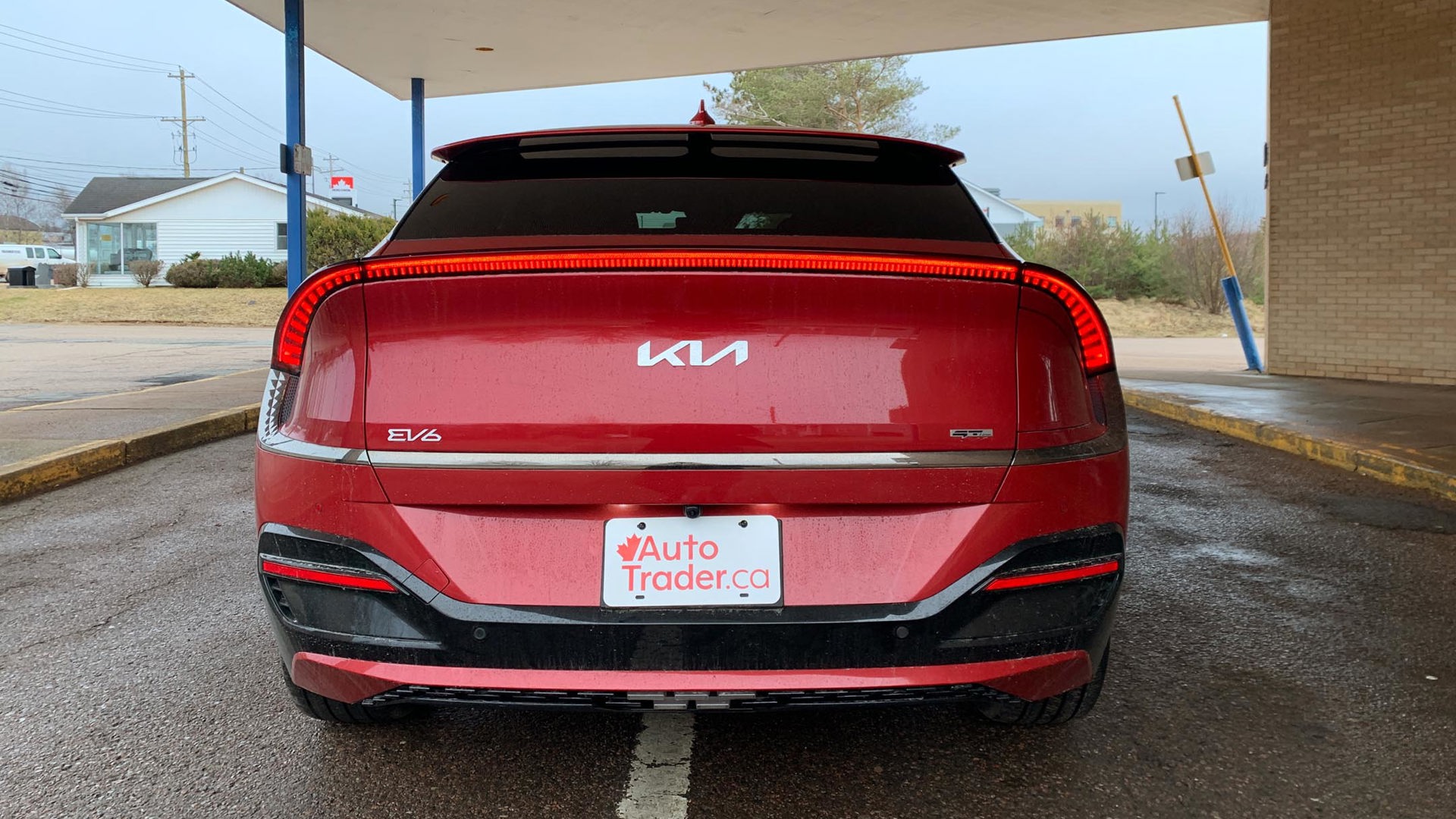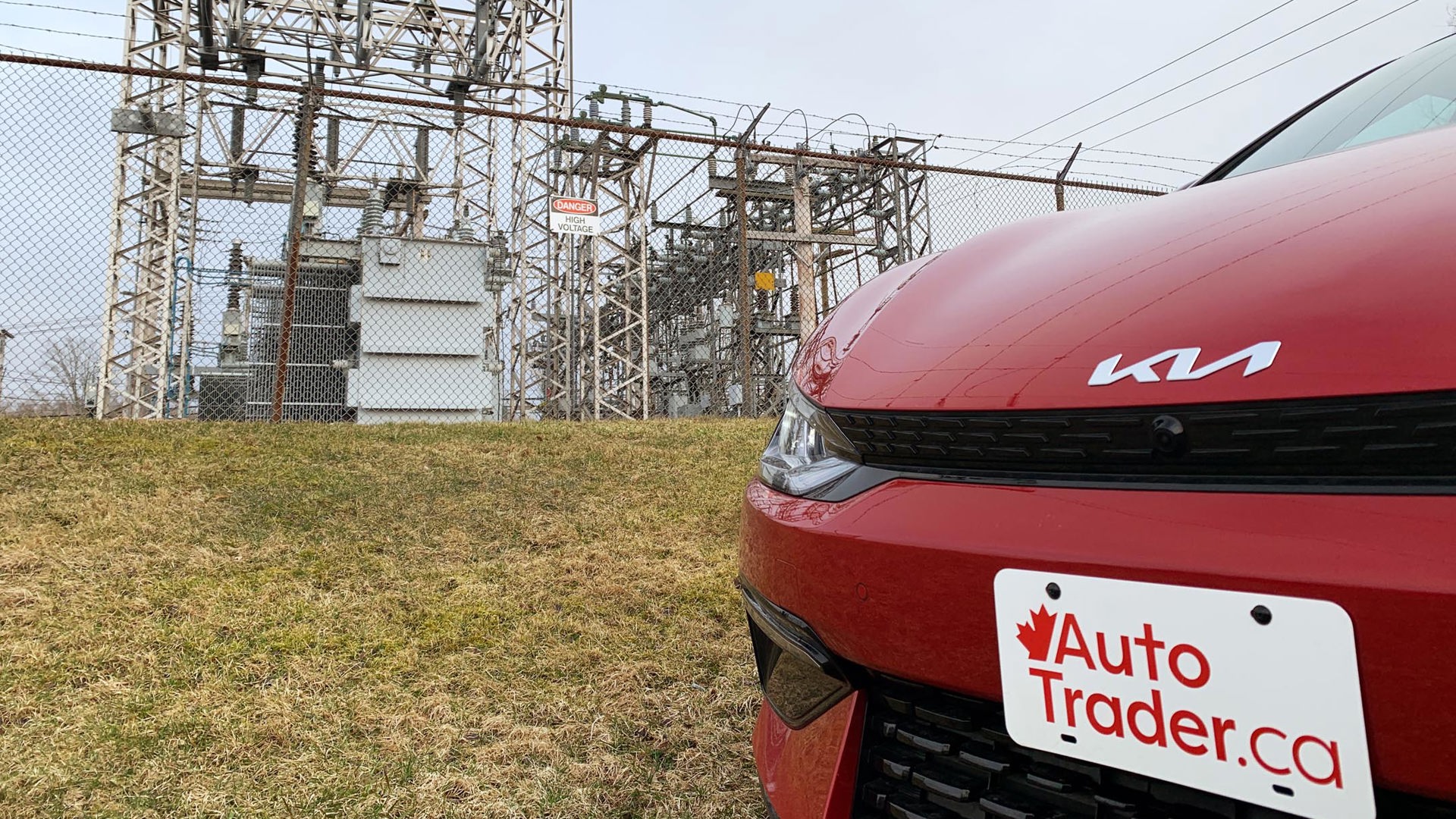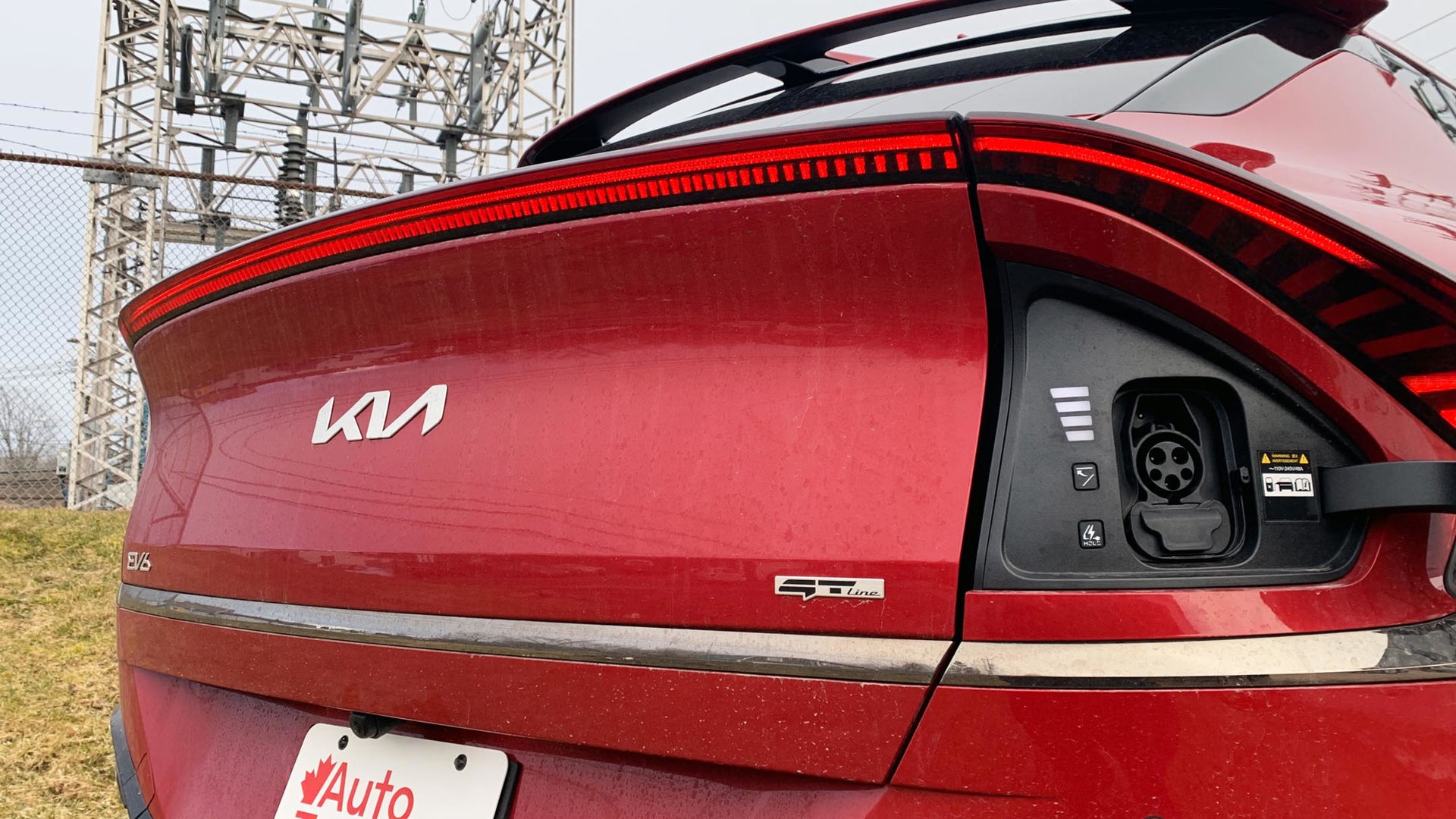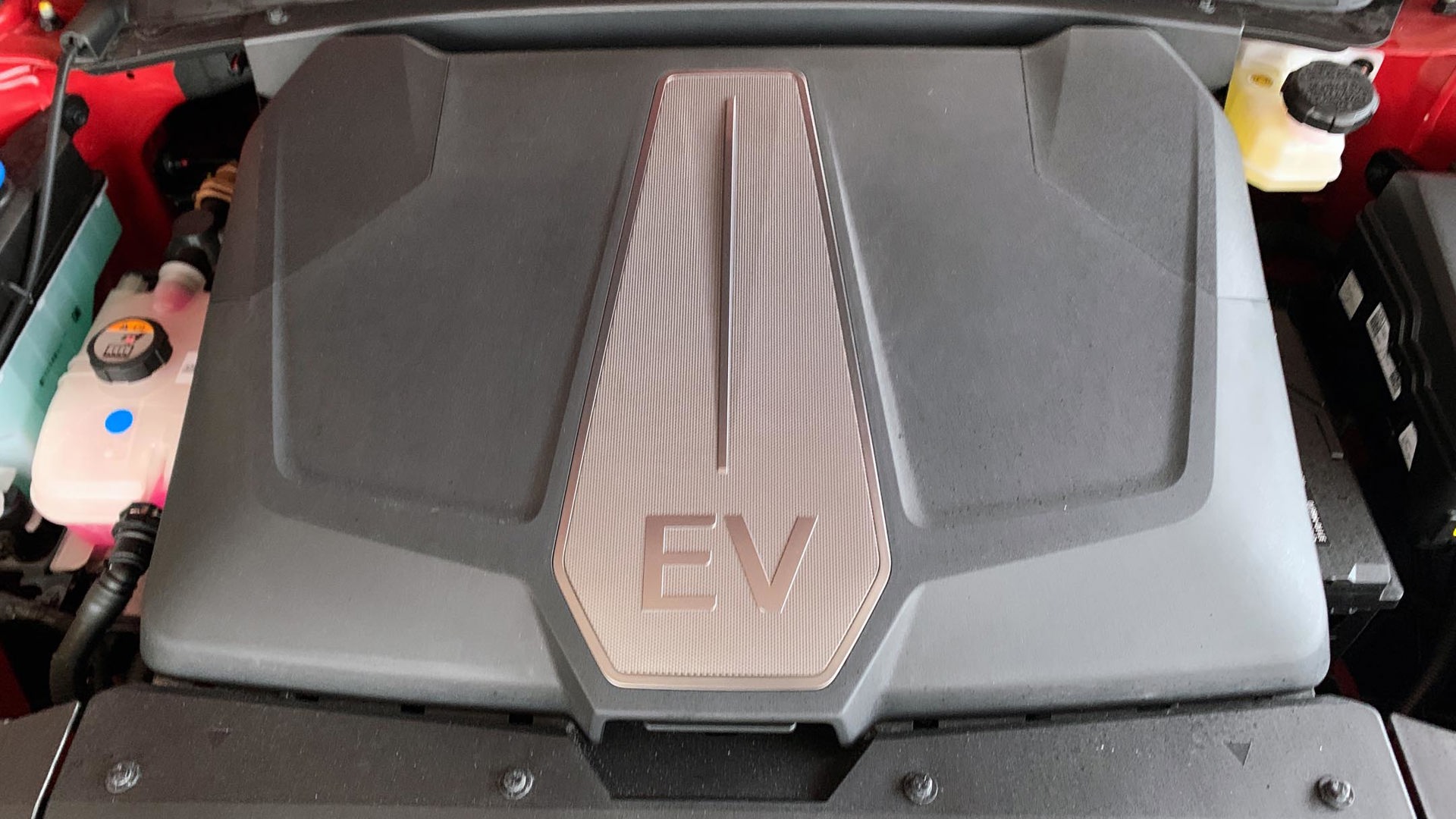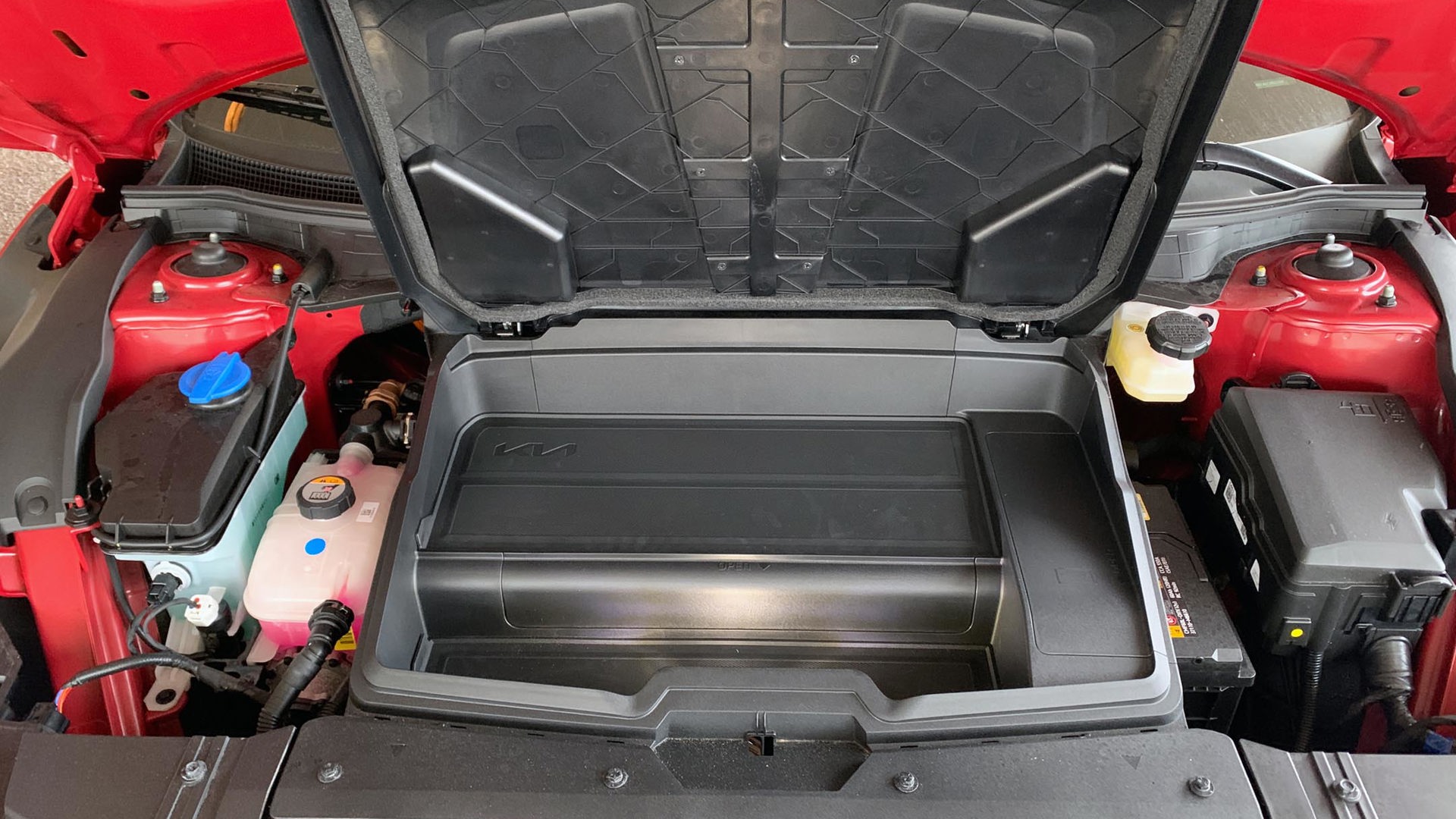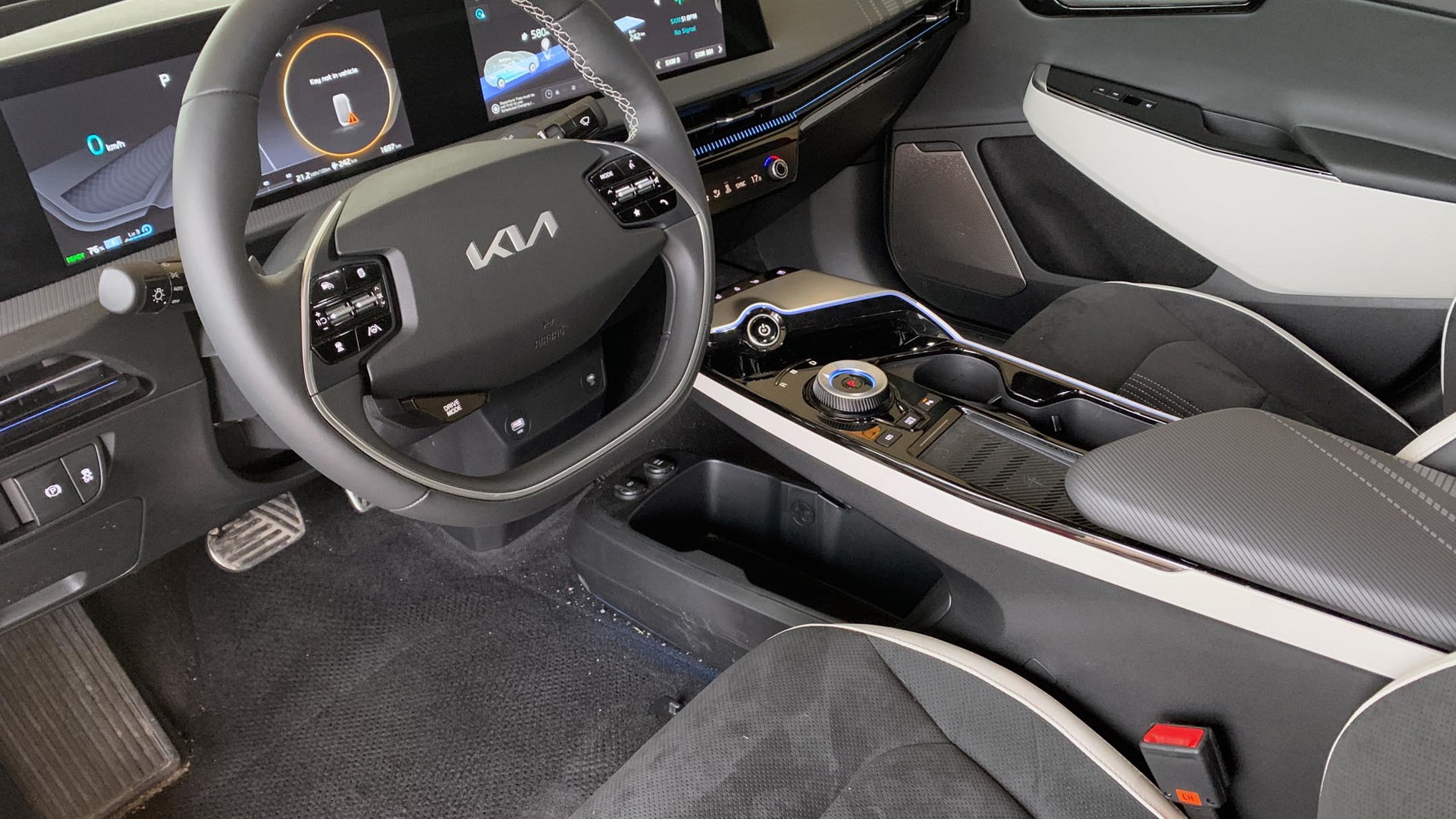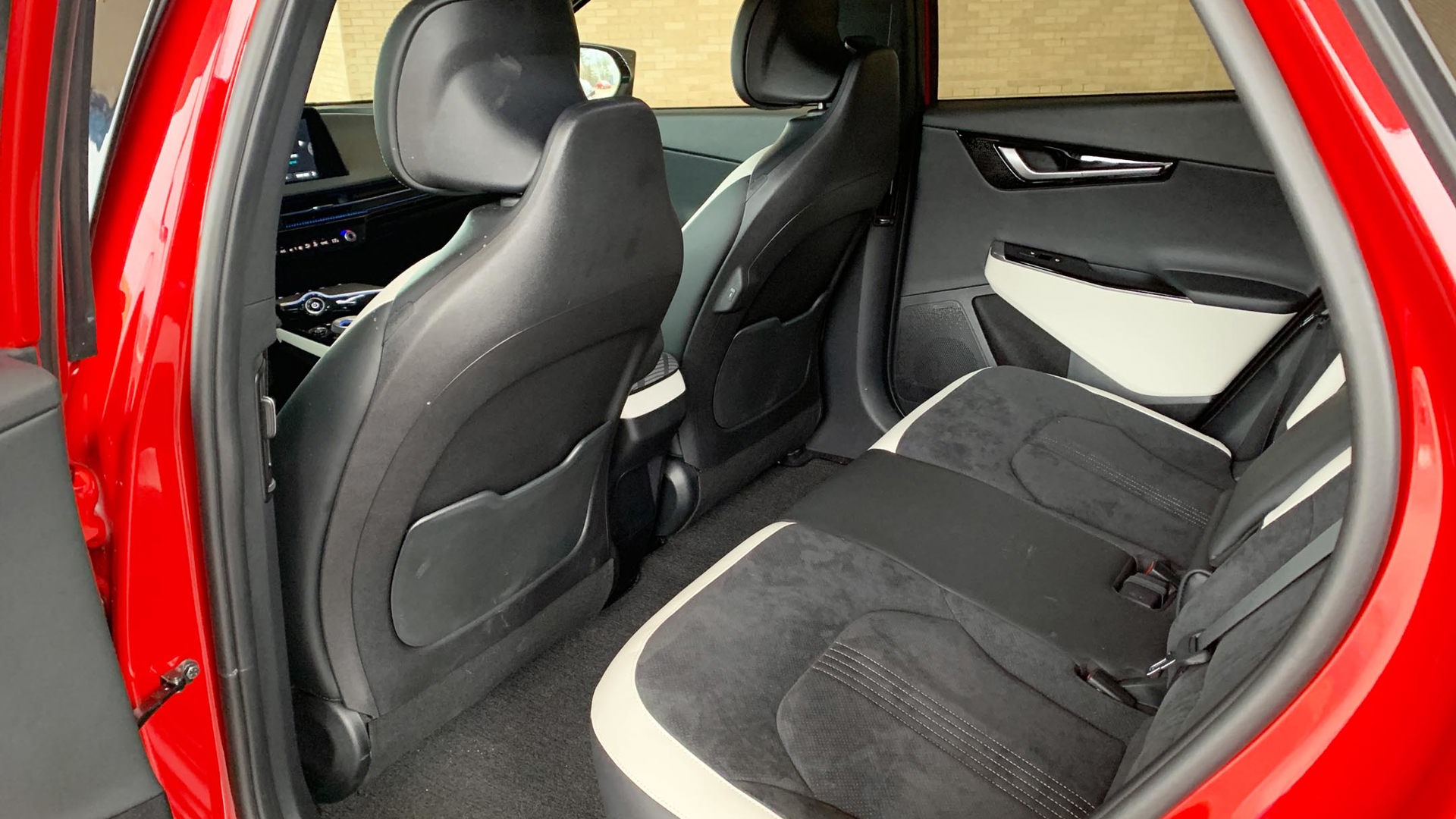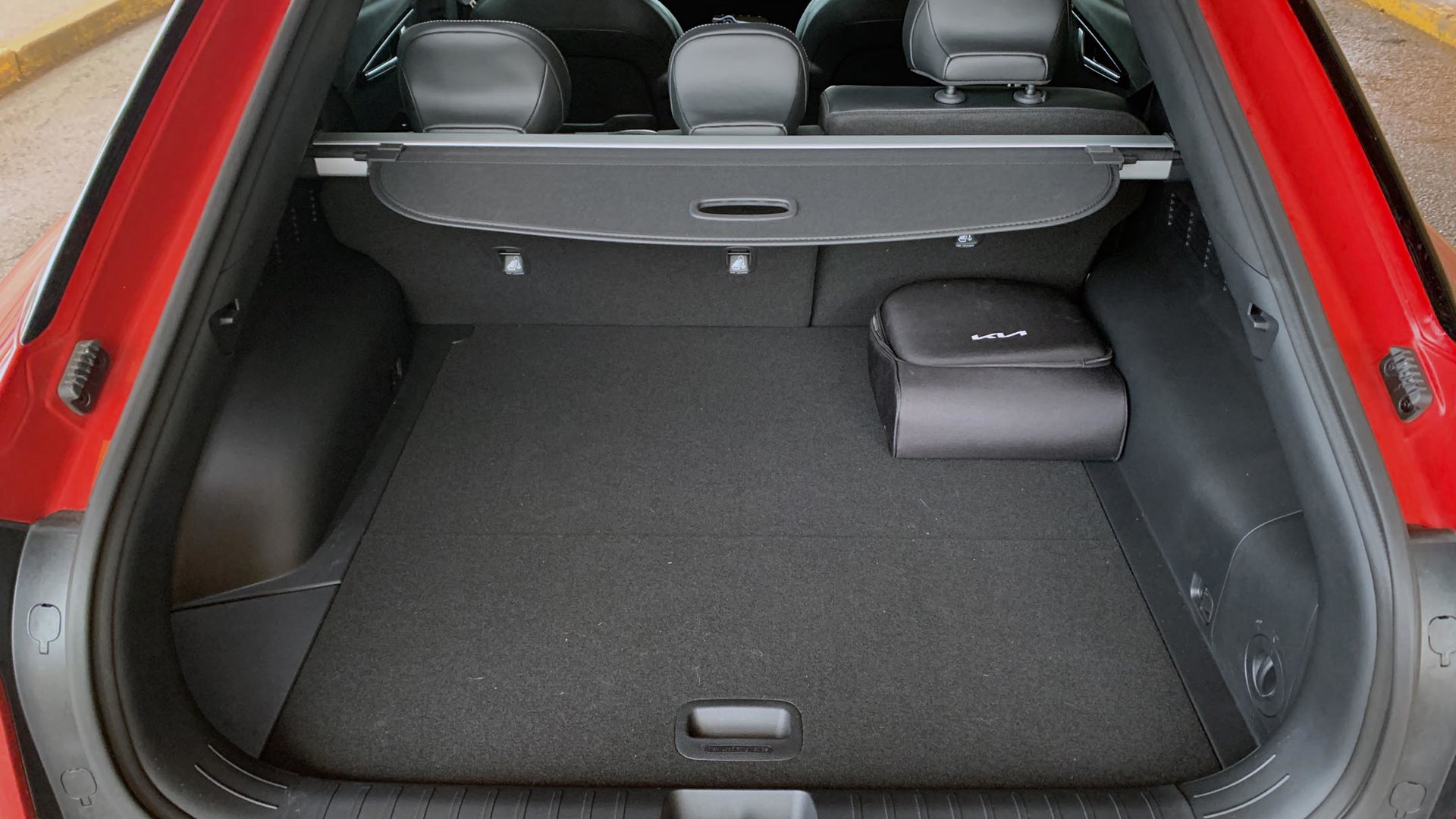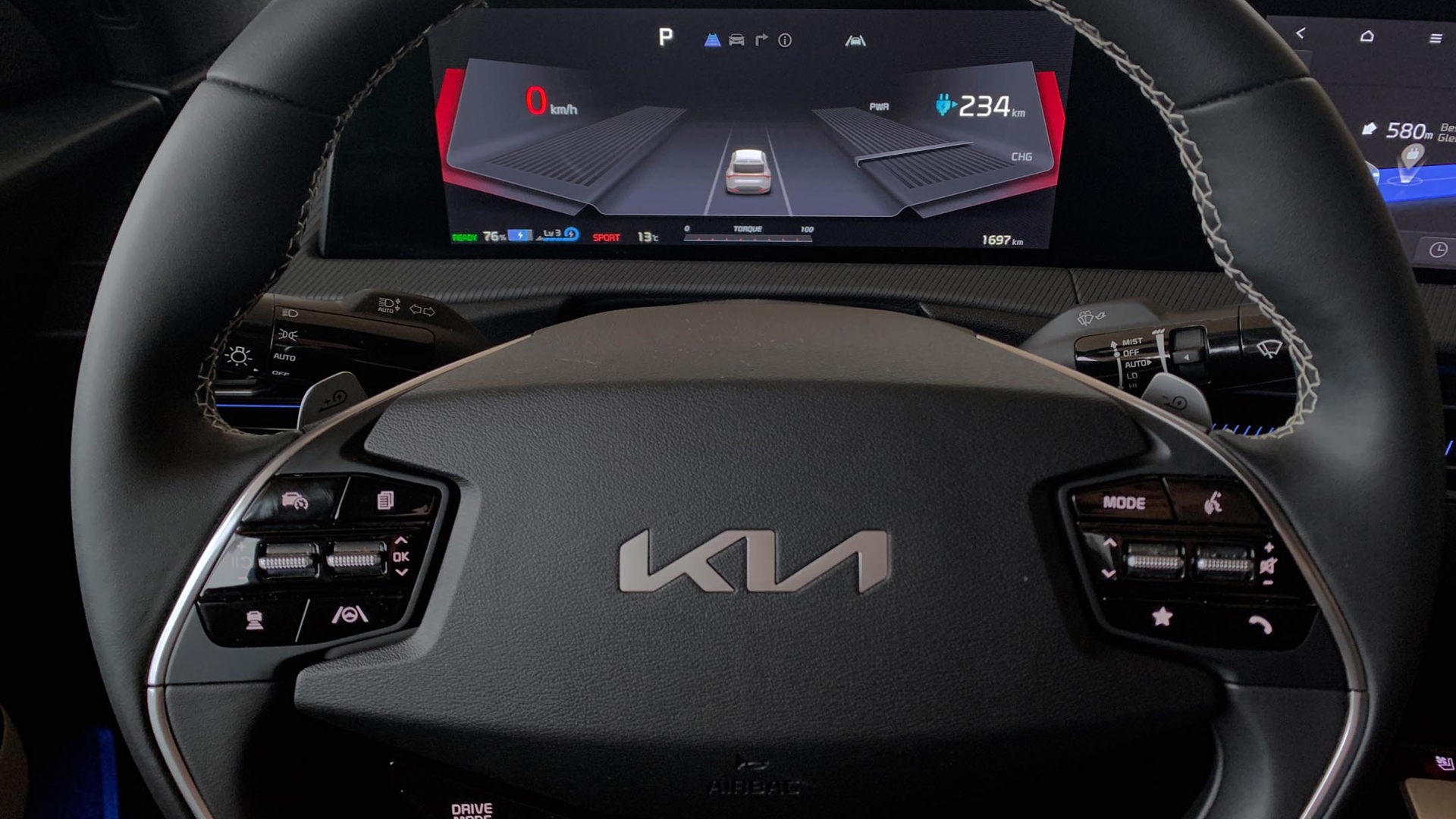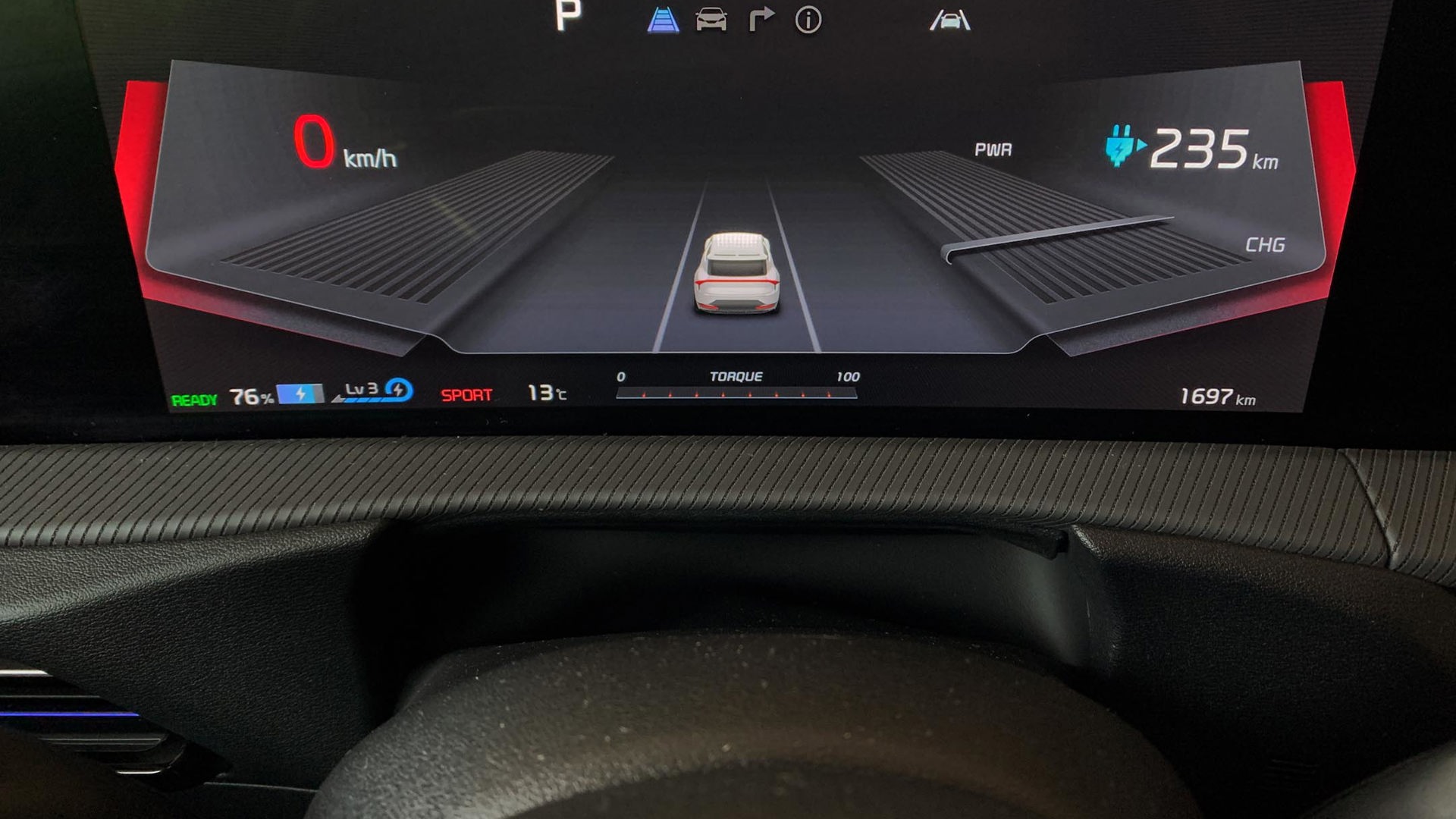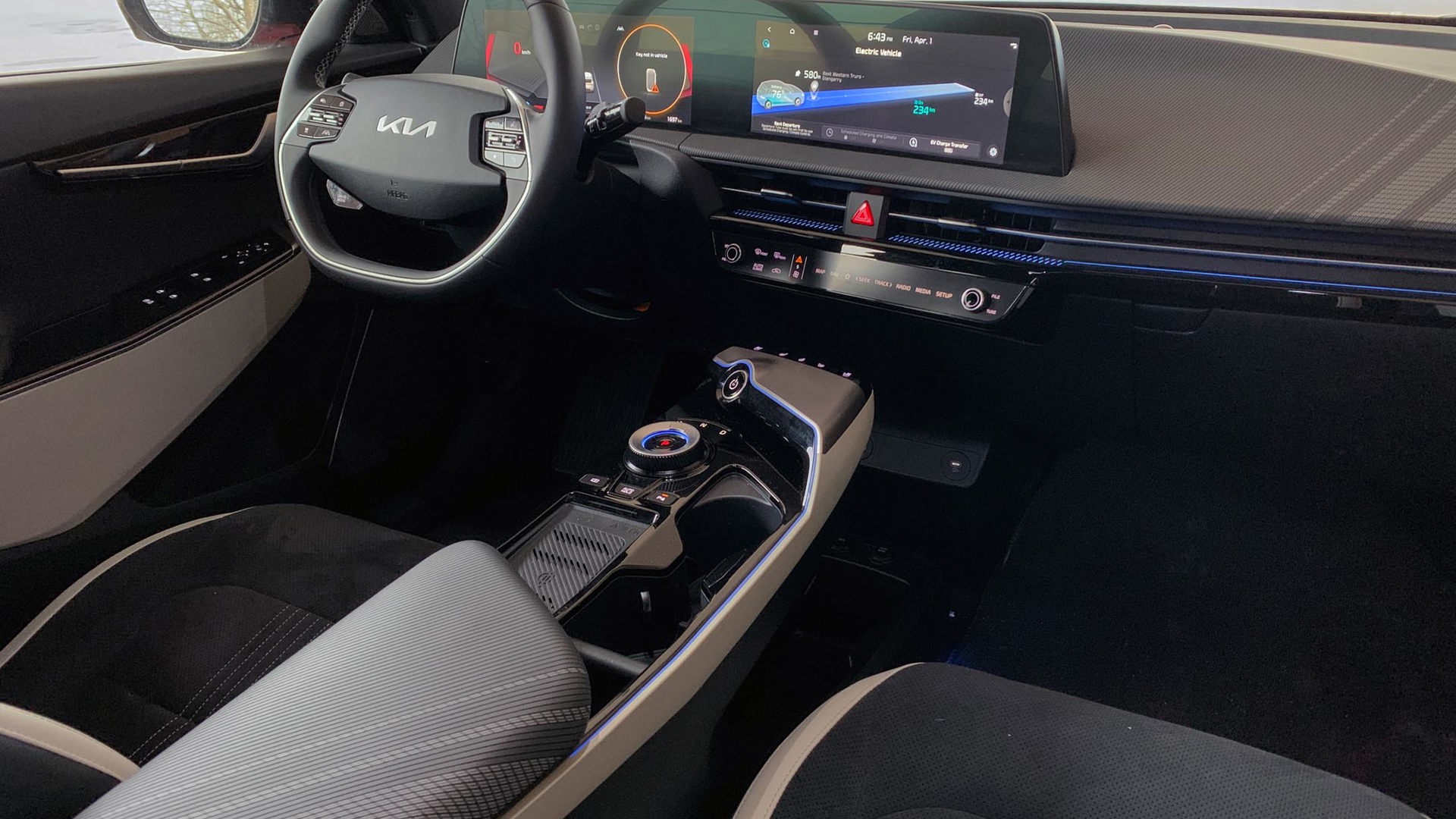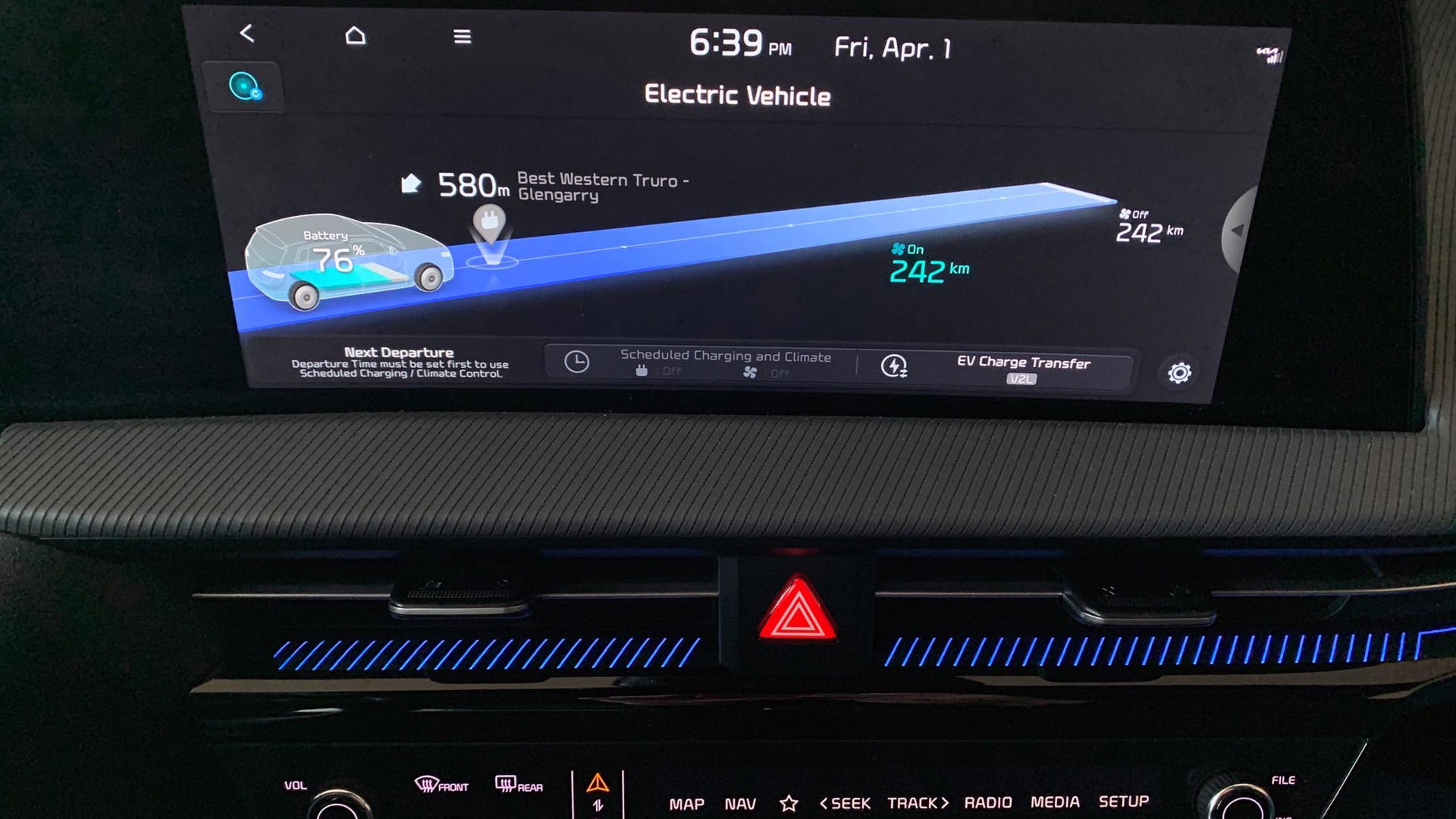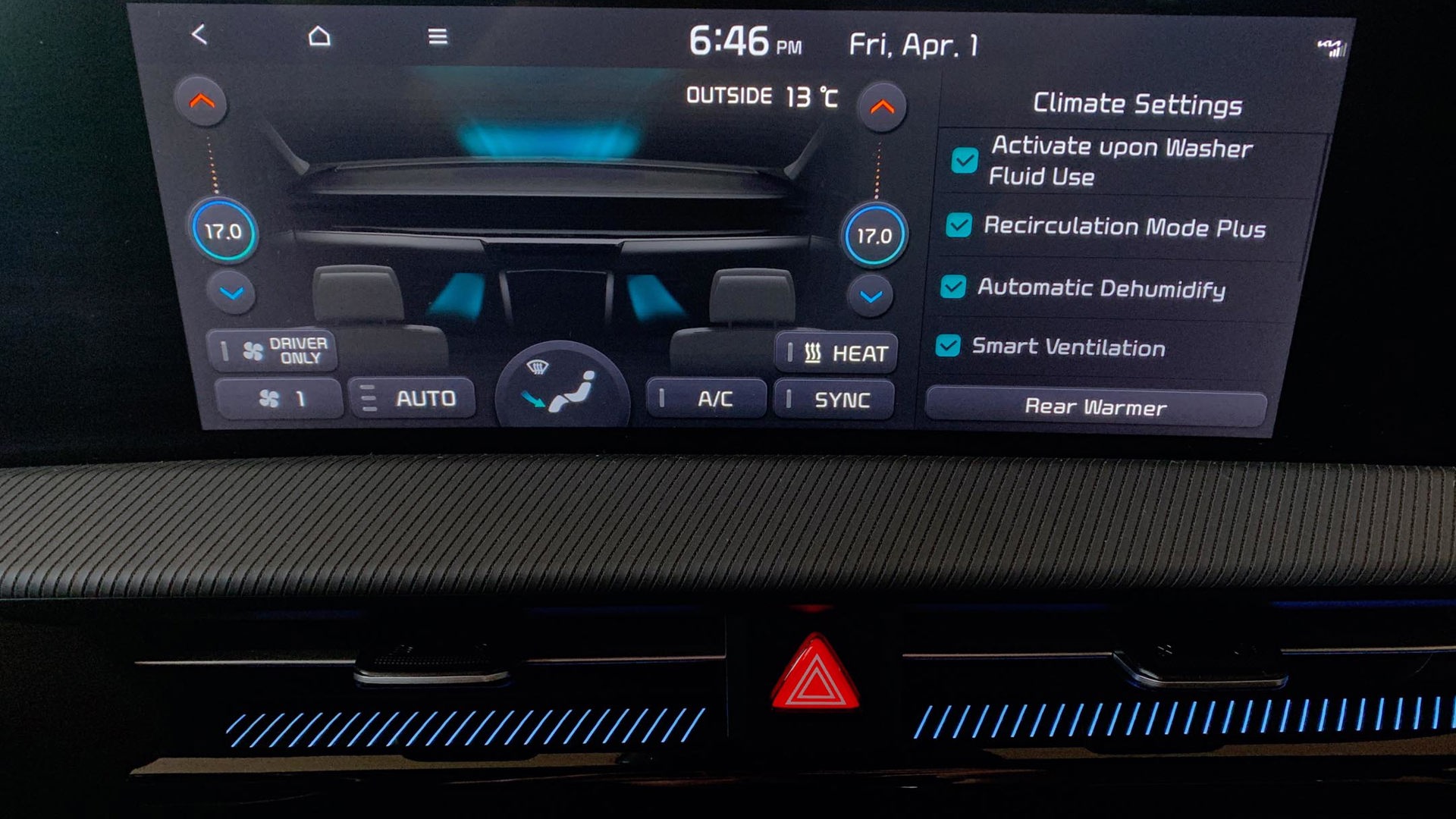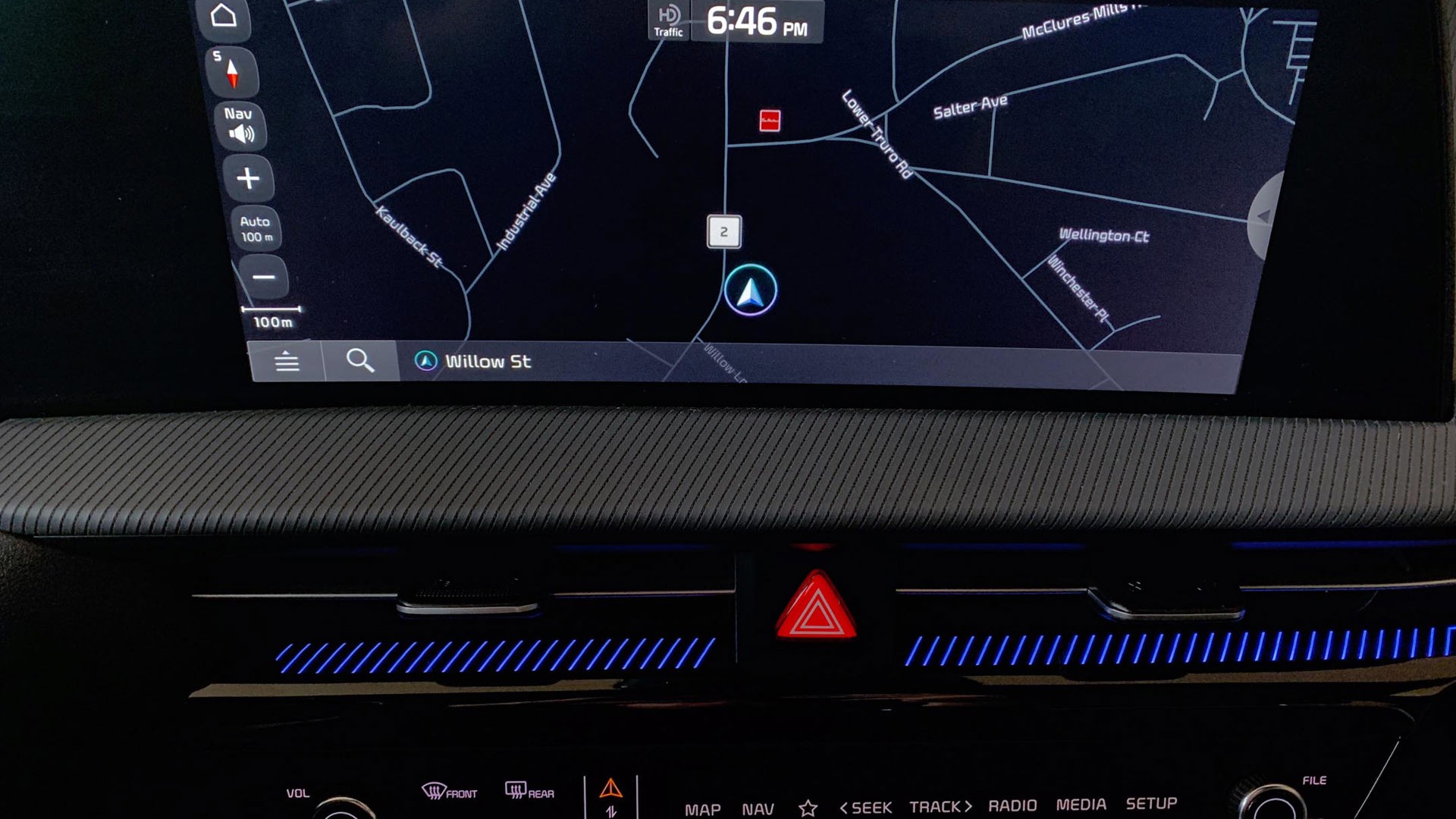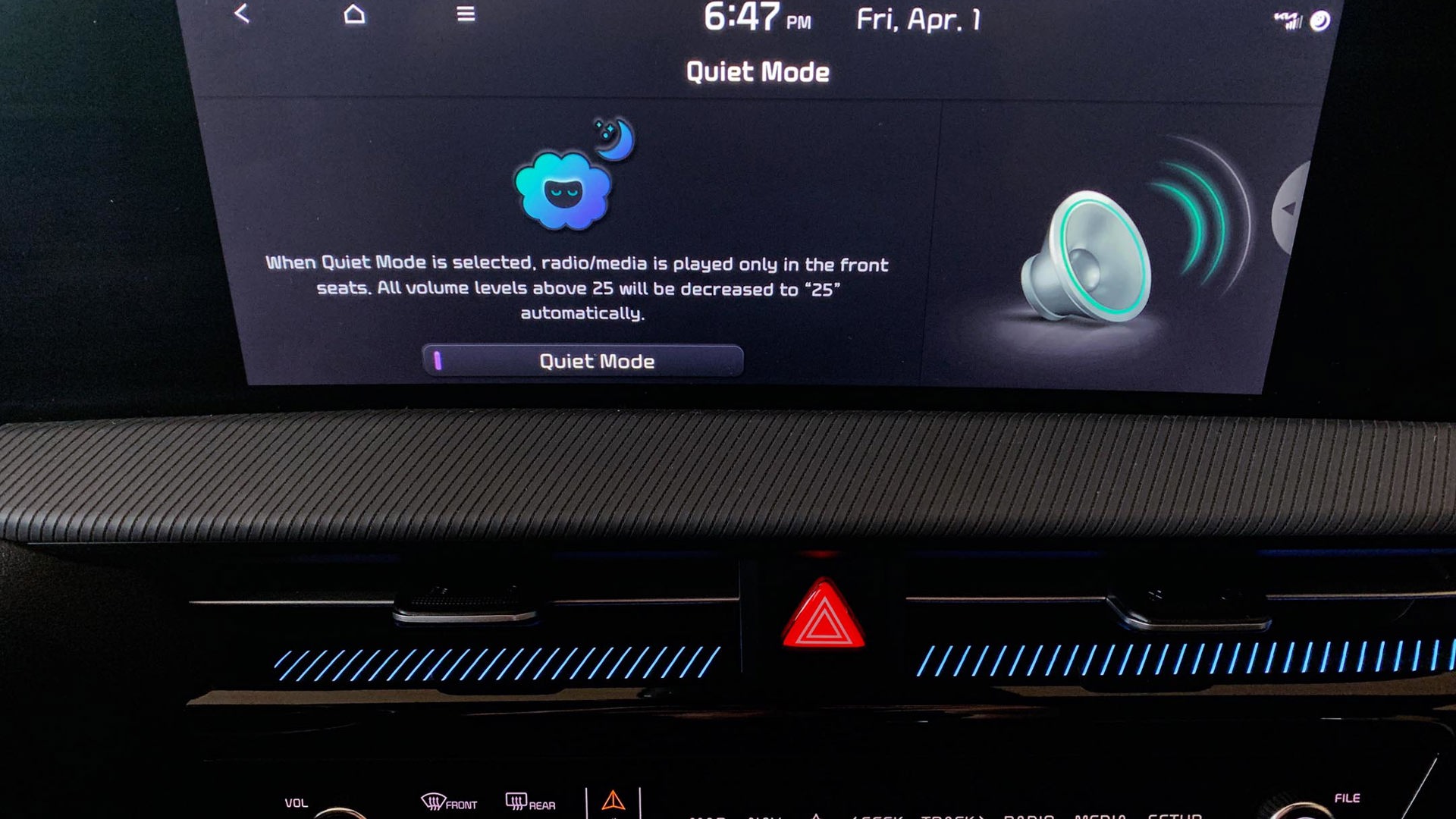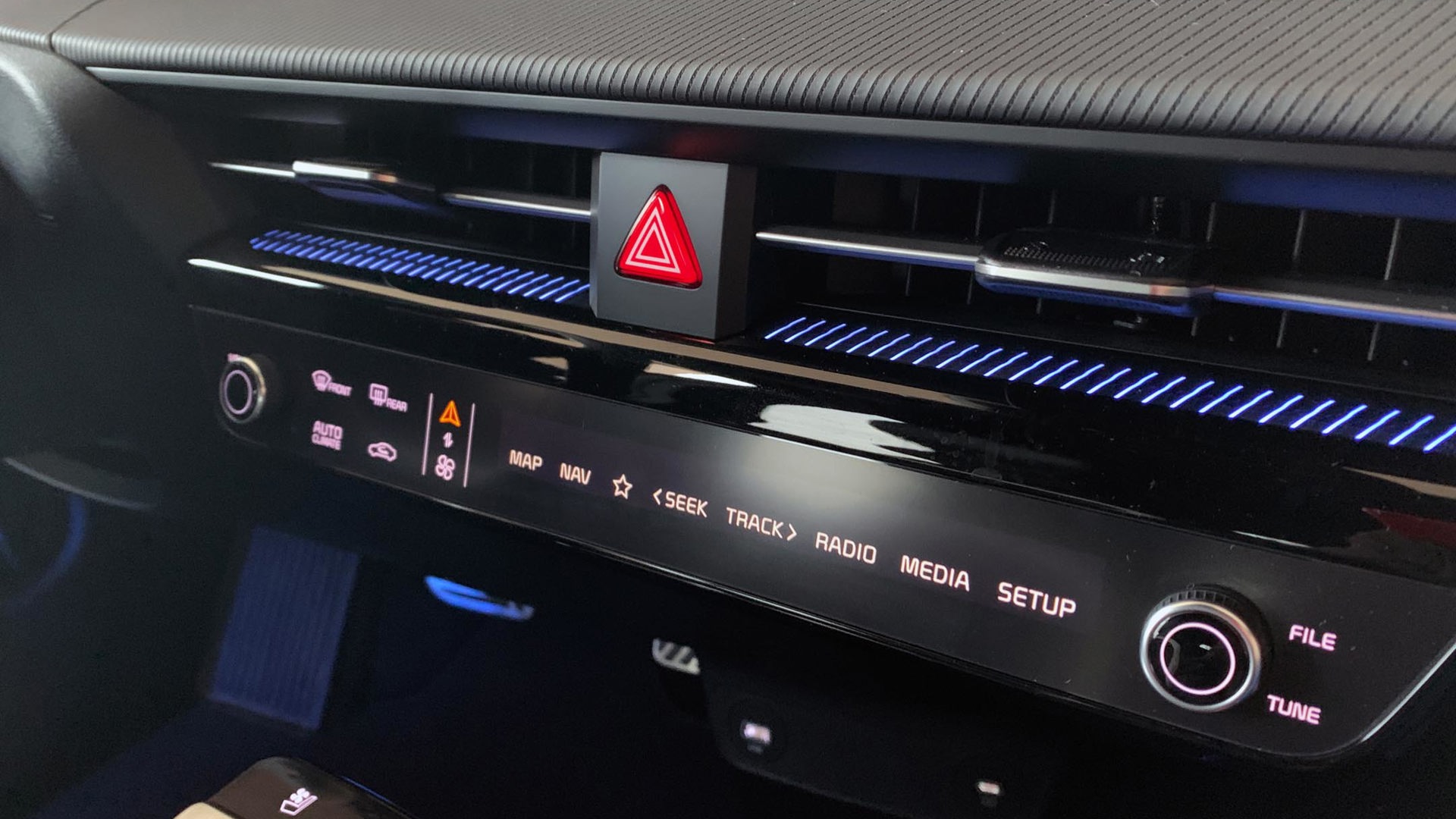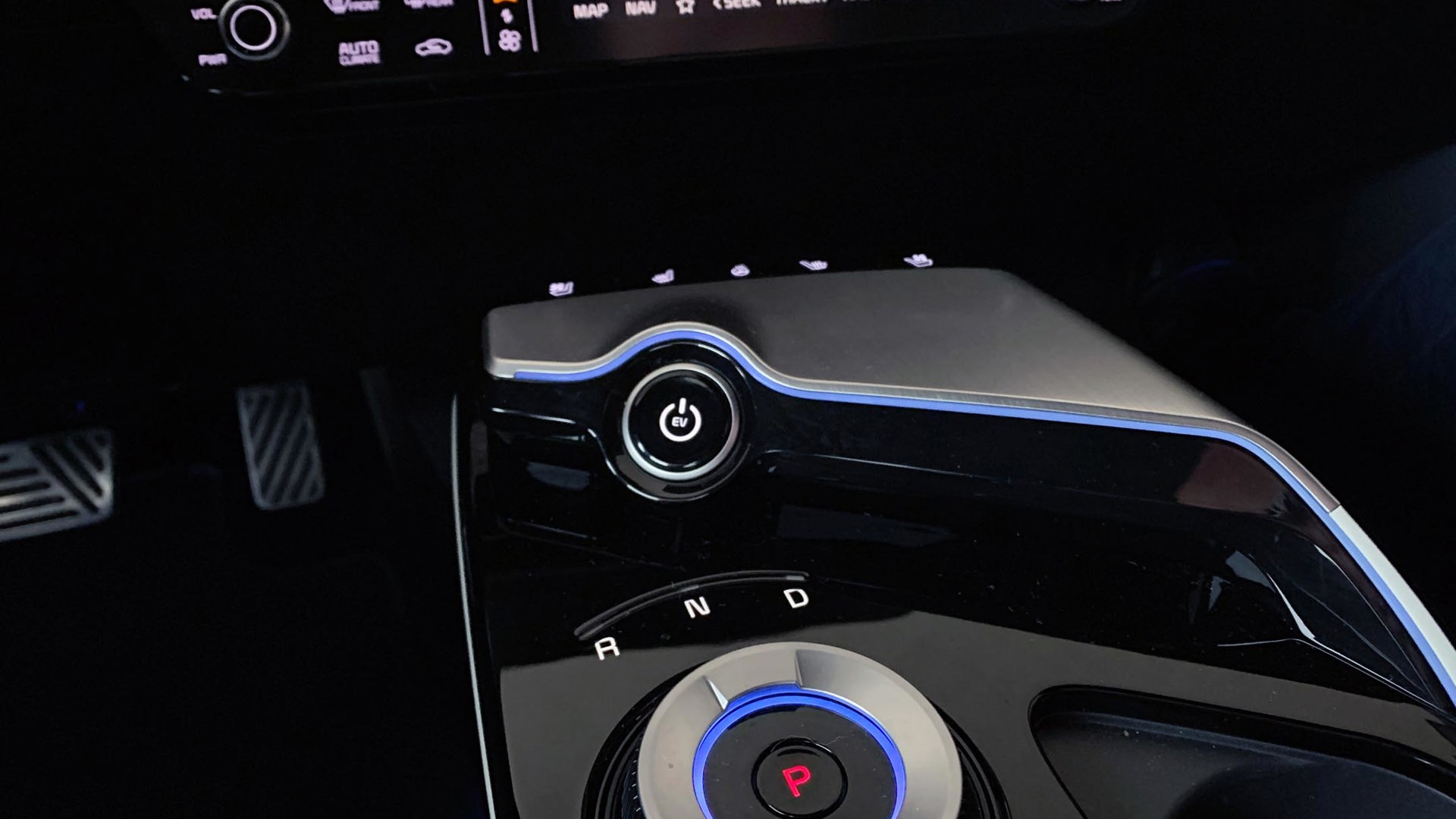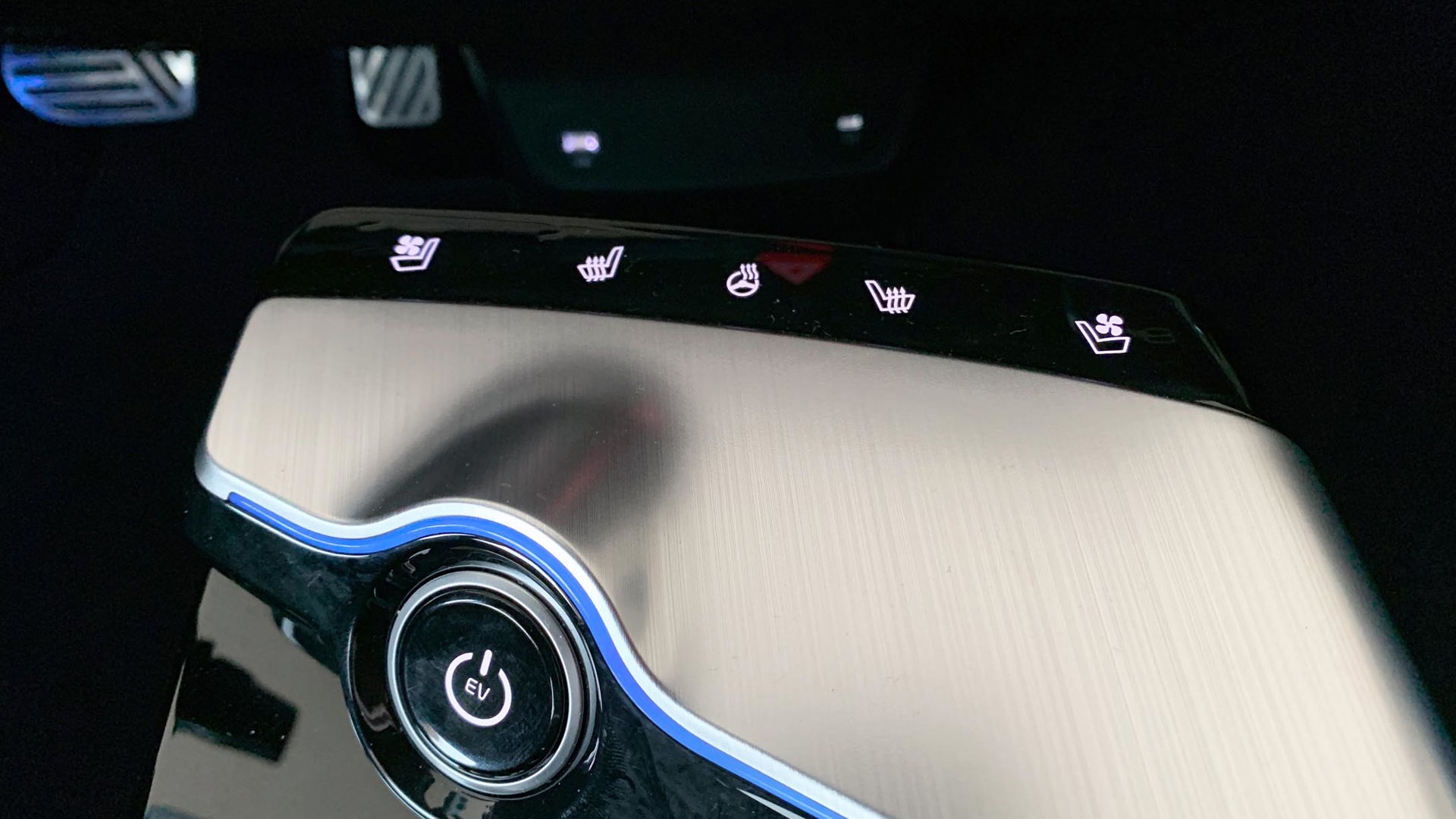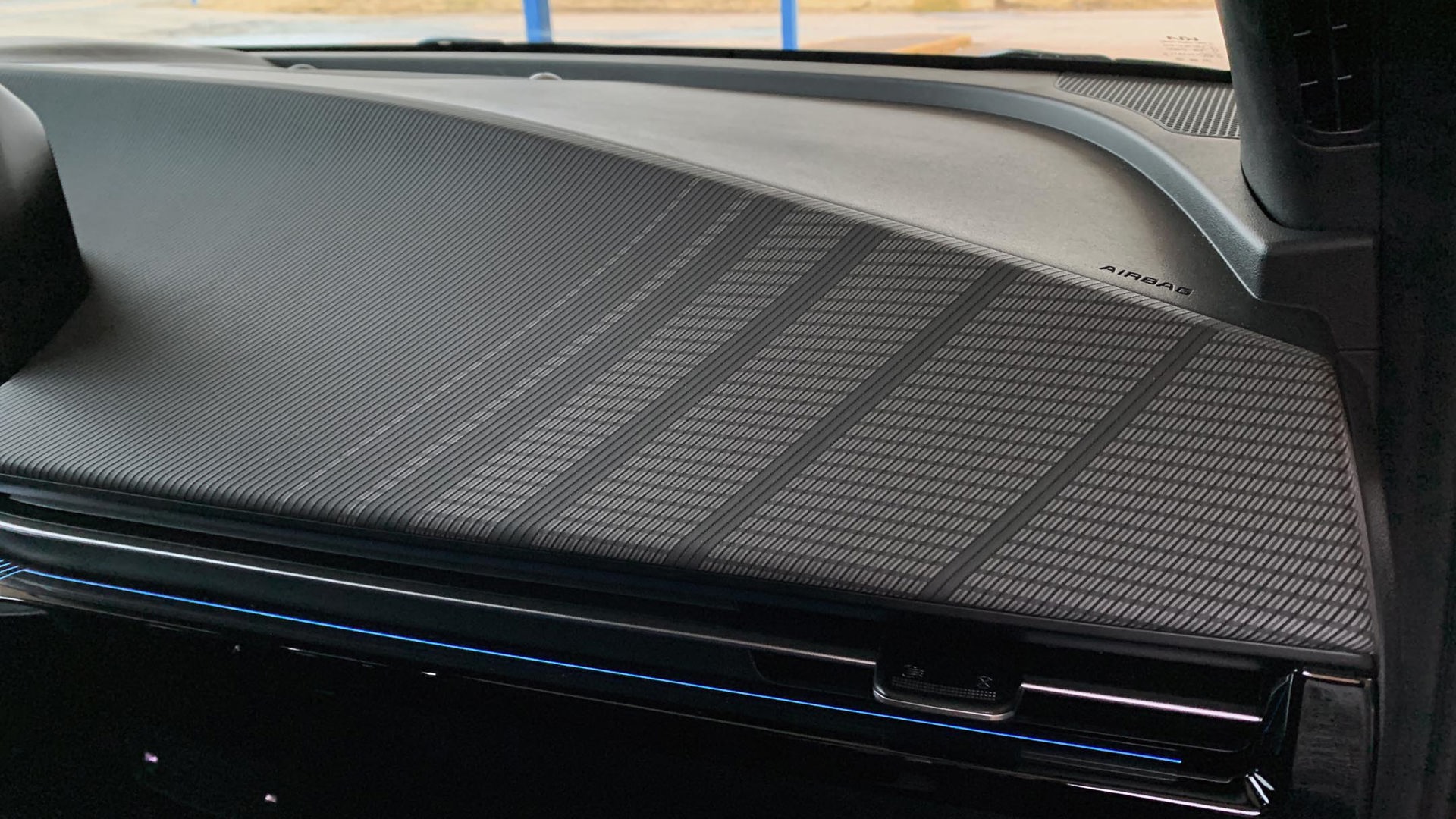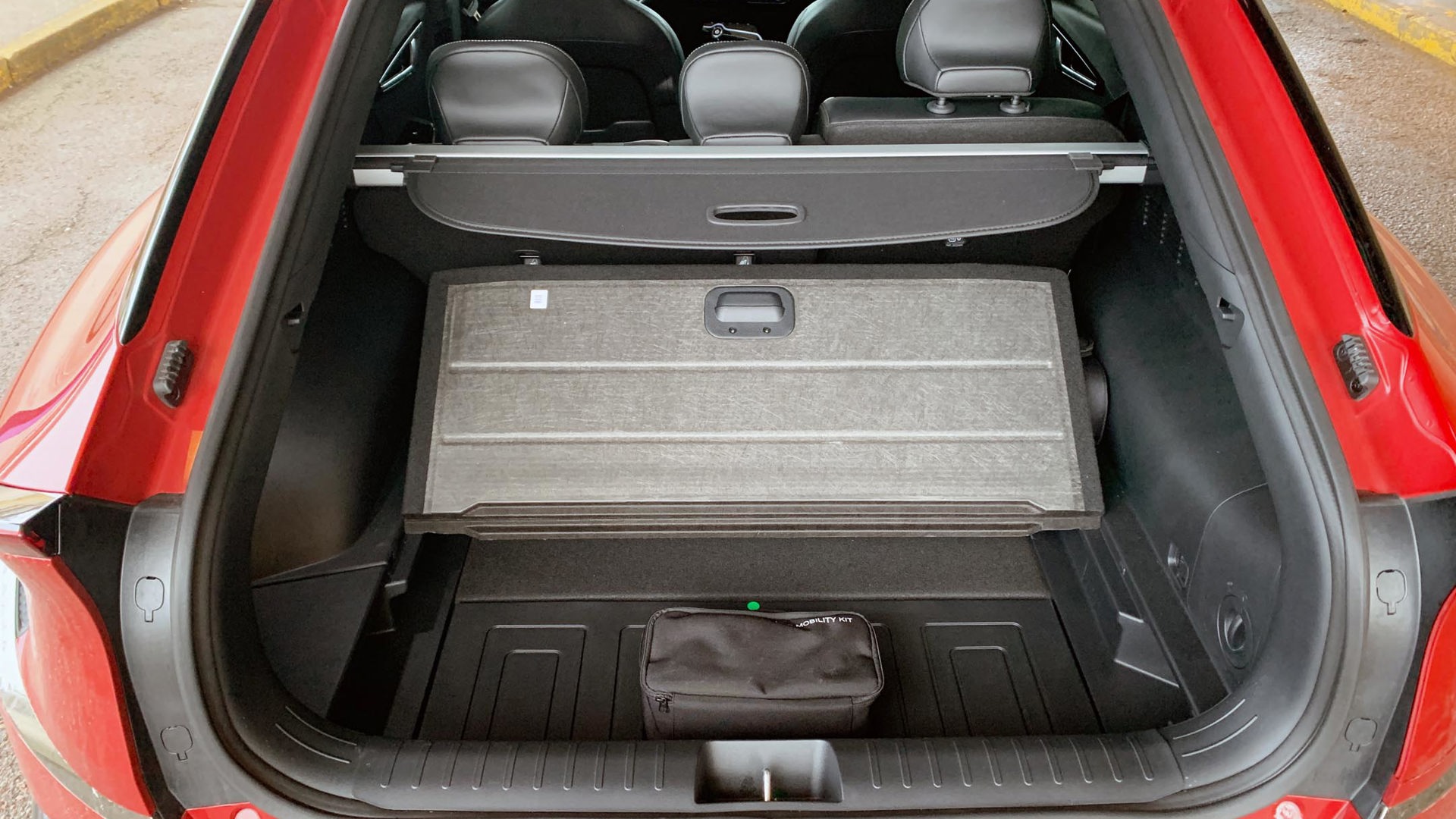The Atlantic provinces have always been a bit … different from the rest of Canada. Your author is allowed to make that observation since he’s spent his entire 42 years on this green earth hanging out on Canada’s Wharf – nearly three decades in Newfoundland and the balance in Nova Scotia. Our propensity for bizarre food dishes (fiddleheads or cod’s tongues, anyone?) combined with a mystifying array of accents places this part of the country as far away from Ottawa culturally as it is geographically.
While we’re ahead of the curve in some respects (we’ve celebrated New Year’s arrival and are onto the next round of drinks before our compatriots in Ontario have even rung the bell, for example), there’s no arguing we’re pacing ourselves when it comes to electric vehicles. According to data provided by the government for a 2.5-year span from May 2019 to February 2022, just 1.4 per cent of the 136,941 rebates doled out from the incentive program for the purchase or lease of a new electrified vehicle went to this end of the country. That figure is for all four Atlantic provinces, by the way.
Part of this has to do with our infrastructure. Atlantic Canada was slower out of the gate than some other areas when it came time to install realistic networks of DC fast chargers; up until recently, the availability of reliable EV charging dropped off precipitously once drivers exited Quebec. It’s difficult to drive a car if there’s nowhere to replenish its supply of energy.
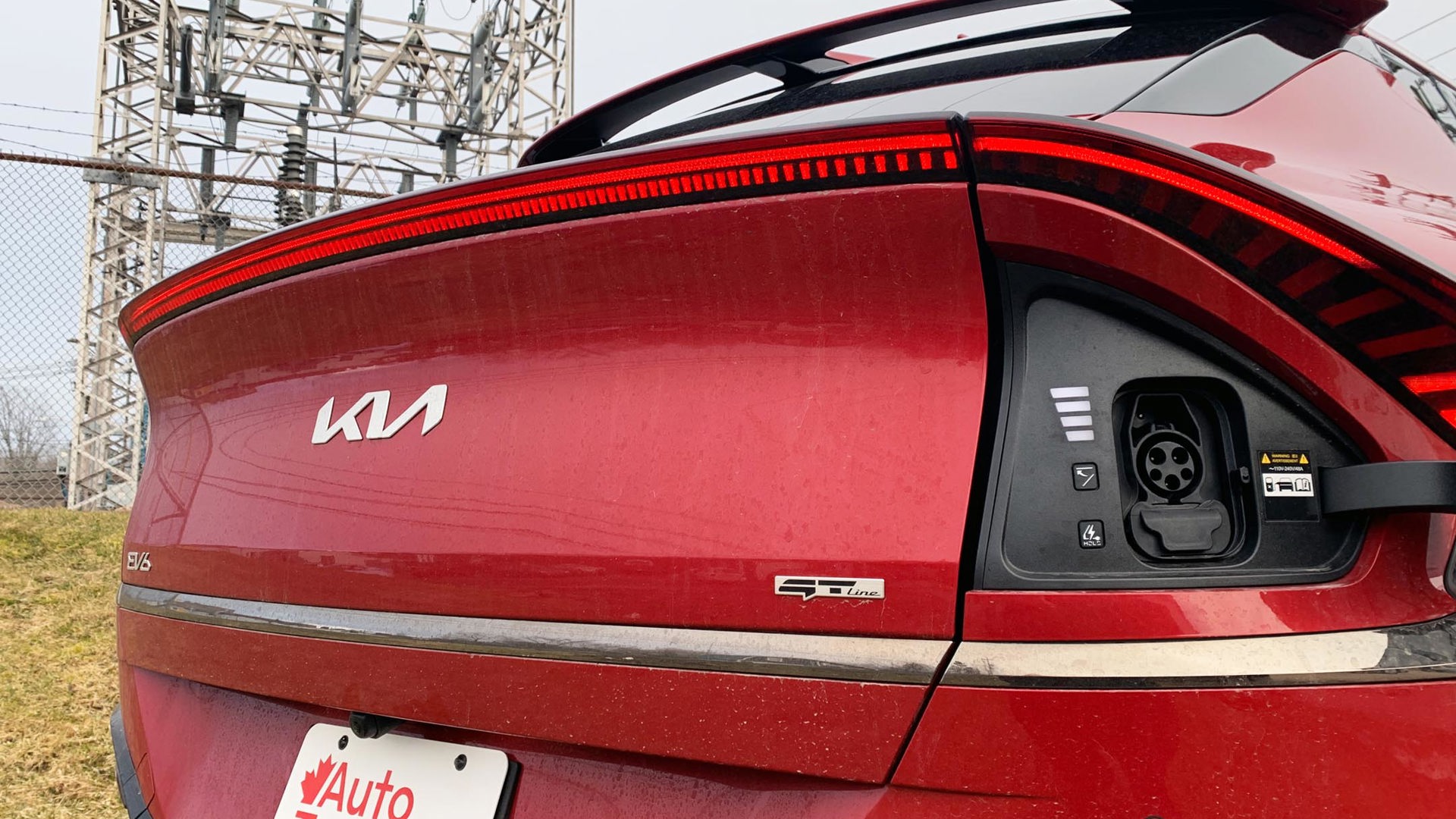
This changed dramatically when organizations in New Brunswick hauled the sheets off a bevy of shiny new EV charging stations, dotting the Trans-Canada Highway like errant moose and generally found – perhaps ironically – at Irving fuel stations across the province. In a fell swoop, it suddenly became easy to pace oneself across the Balsam Fir province in an all-electric car. Nova Scotia and Newfoundland quickly followed suit, along with their own takes on rebates offered to those who select a fresh EV from a dealer’s showroom.
Still, with a tiny fraction of cars on Atlantic Canadian roads using electricity as their sole power source, the 2022 Kia EV6 attracted more than a skiff of attention during our week behind the wheel. Peace signs were thrown by kids exiting a middle school, a passerby stopped in a parking lot to examine the otherworldly taillights, and the Runway Red paint garnered a few comments from interested neighbours. It was generally agreed that the EV6’s styling cues manage to strike a balance of modern but not looking like an unfinished science project – an accusation that could easily be leveled at some electric vehicles both past and present.
Our tester was a top-rung dual-motor model, meaning it was packing all-wheel drive and 320 horsepower. Those electric horses, combined with 446 lb-ft of right now torque, produced entertaining acceleration characteristics despite this car’s mandate as a “versatile and spacious” crossover SUV. Its 77.4-kWh battery pack has an advertised total driving range of 441 km when fully charged, a number that your author feels he could approach well before plugging in after driving his small-town rural routes. How? Thank regenerative braking, a system with no fewer than four levels of aggression that can be selected using steering-wheel paddles to harvest energy and dump it back into the battery during deceleration. This trick works well in urban environs with frequent stop-and-go traffic; constant highway driving offers fewer opportunities for this feature. Your author plugged the EV6 into a household outlet each night, spending just one session at a public DC fast charger near my home.
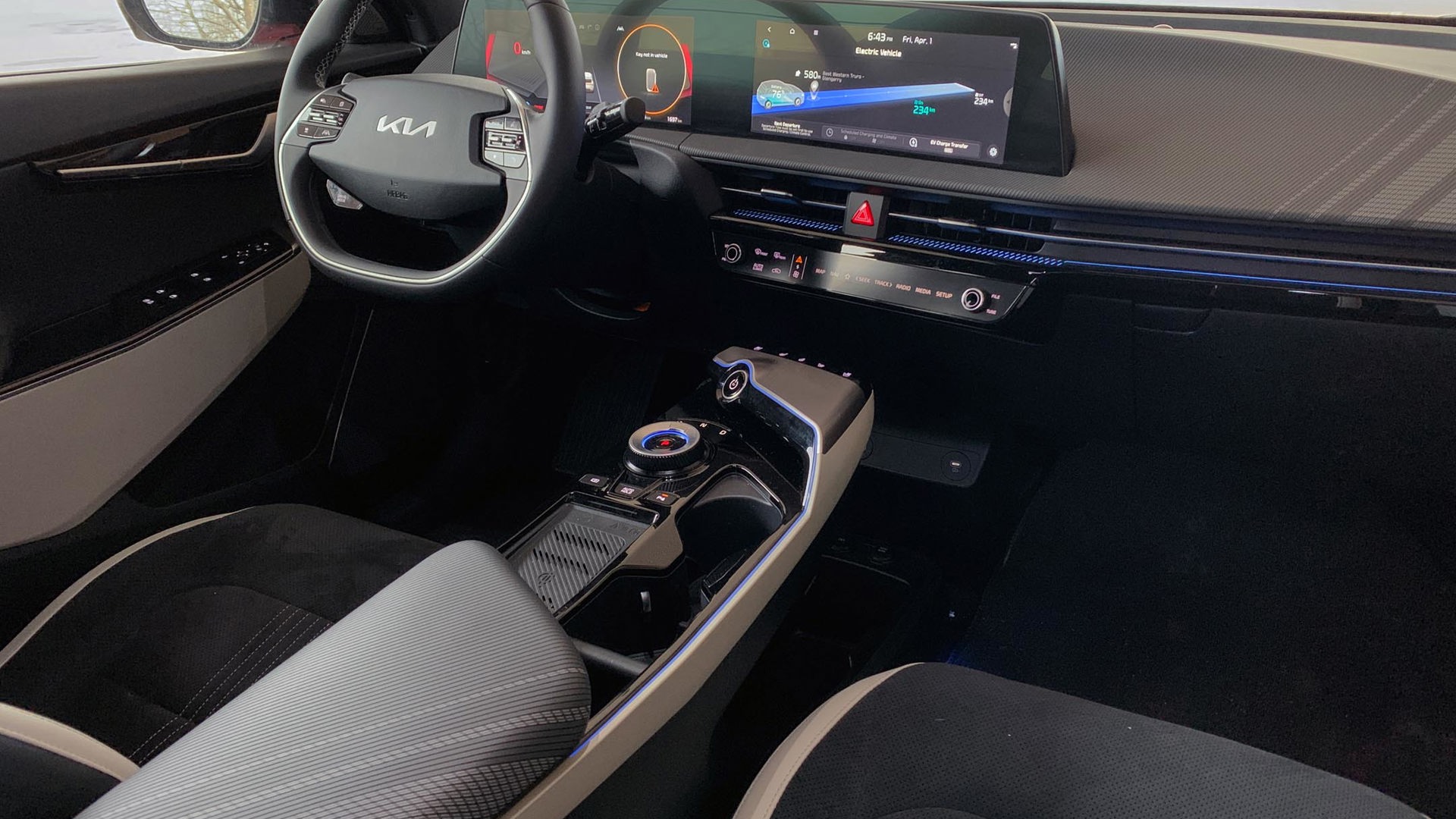
Well, kind of near my home. Remember the assertion that Atlantic Canada can be a bit slower out of the gate? Nova Scotia has done a credible job over the past year of rolling out Level 3 chargers at strategic locations within its borders, but there are just two stations of this type within a 30-minute drive from where I live – both in opposite directions of each other. And don’t think I reside in a hamlet of a hundred people at the bottom of the sea; my town is home to about 75,000 souls within a 50-km radius and has most of the conveniences one would expect from a community of its size, including more fish and chip shops that you can shake a fiddlehead at. It’s rural, but not barren.
So, there’s work to do on that front. Fortunately, Kia says the EV6 can charge itself from 10 per cent to 100 per cent overnight using a Level 2 charger, one that utilizes the type of common household electric outlet you’d use to power a kitchen oven or clothes dryer. Our province offers a monetary incentive for residents to fit one of these units at their home, partnering with local contractors to make sure no one zaps themselves while installing the thing.
Back at the public charger located half an hour from my La-Z-Boy Talladega recliner, a 75-minute session bent my bank account for $18.75, the equivalent of about 11.1 litres of fuel using today’s prices. It is estimated I added 290 kilometres of range to the EV6 during this siesta, meaning I’d have to be at the helm of a gasoline-powered vehicle capable of achieving 4.0 L/100 km to equal the same amount of money spent per kilometre driven.
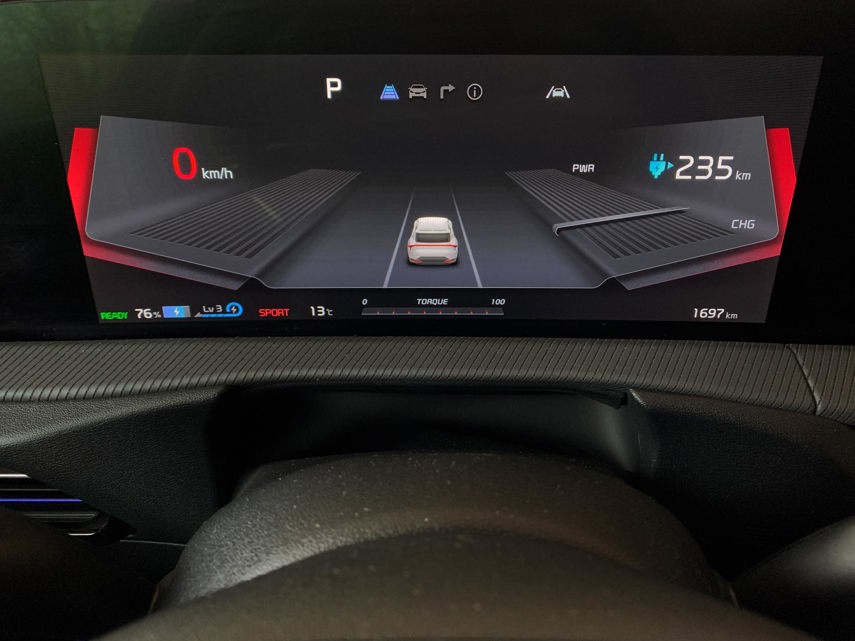
Remember, most chargers bill for time connected, not the amount of electricity consumed. In that regard, it’s opposite to old-school pumps at a gas station. Since an EV’s battery charges at a significantly slower rate once it hits 80 per cent of capacity to maximize its life, staying hooked to a public Level 3 charger once the car is juiced to that level is not cost-effective. Better to top the thing off at home, even if it is with the Level 1 slow charger that’s included with the car and plugs into a standard wall outlet. Charging an EV6 Long Range fully from a near-flat state of charge using that device and its relative trickle of energy would take the better part of three days. Seriously.
The electrification of our nation’s fleet is going to accelerate, with the government setting a mandatory target that all new light-duty cars and passenger trucks be zero-emission vehicles by 2035. Our week in the Kia EV6 proved such machines aren’t penalty boxes or soulless transportation appliances. Save for an at-home charging hiccup that was the result of user error and a lack of front-seat headroom for this NBA-sized driver, the EV6 was a pleasant companion while heading to the drive-thru for coffee and then on to the hockey rink.
Wait – an early-morning game of shinny and some Tims? Huh. Maybe we’re not all that different from the rest of Canada after all.
